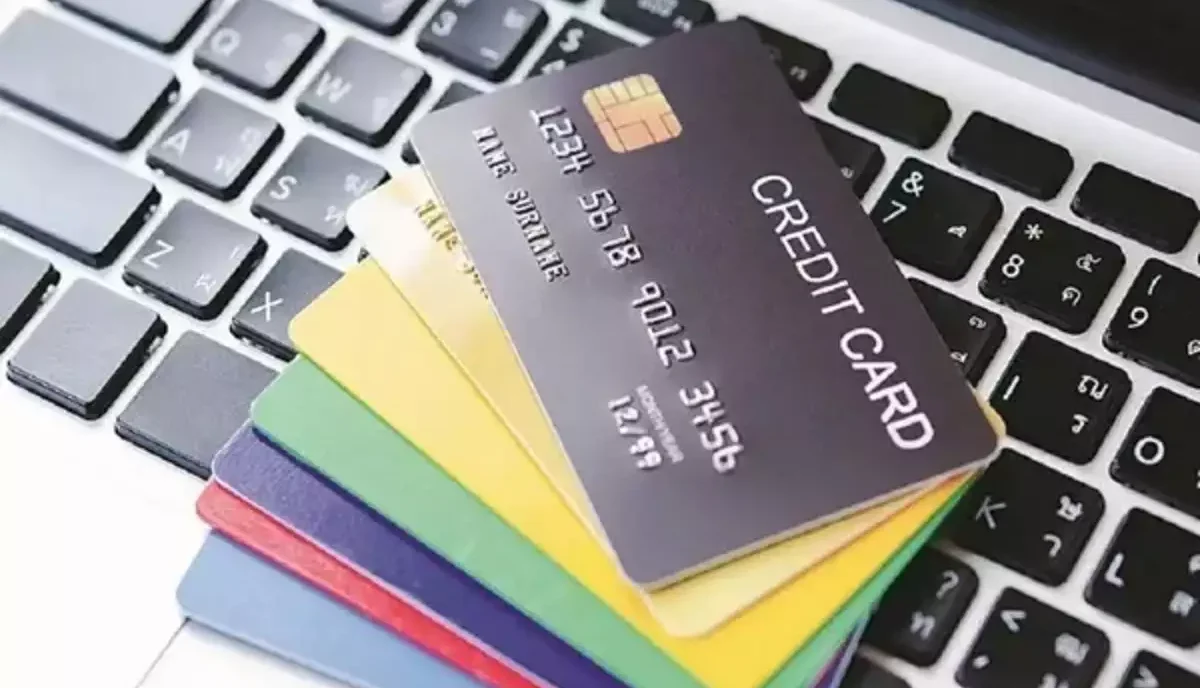As credit cards gain popularity across India for their rewards, discounts, and financial flexibility, a darker trend is unfolding beneath the surface. The country has seen a sharp spike in credit card defaults, with non-performing assets (NPAs) in the segment rising by 28.42% year-on-year, reaching ₹6,742 crore as of December 2024, according to the latest figures from the Reserve Bank of India (RBI).
Driven by overspending, job losses, and mounting financial stress, many users now find themselves trapped in an ongoing cycle of equated monthly instalments (EMIs) and high interest rates, sometimes touching 42% per annum. The NPA ratio in credit card receivables has climbed to 2.3% of the ₹2.92 lakh crore in total outstanding loans, up from 2.06% a year ago when the total stood at ₹2.53 lakh crore. The trend paints a grim picture of India’s consumer credit landscape. Compared to December 2020, when credit card NPAs were at just ₹1,108 crore, the latest numbers represent a massive 500%+ surge in defaults over a four-year span.
ALSO READ: “DFIR Capability Maturity Assessment Framework” by ALGORITHA
Widening Debt Trap
Bank officials and financial advisors are raising concerns that many credit card users are unaware of the consequences of unpaid dues. “If cardholders don’t clear their balances within the interest-free period, they may face annual interest rates as high as 42%, which can quickly lead to a debt spiral,” said a senior banking official.
Unlike secured loans, credit card debt is classified as unsecured consumer credit, making it riskier for lenders. When payments are delayed for more than 90 days, the outstanding amount is marked as an NPA—affecting not just bank balance sheets, but also the credit scores and financial health of borrowers.

Regulatory Response
In response to the growing risk of unsecured lending, the RBI in November 2023 raised the risk weight for banks’ exposure to personal loans, credit card debt, and NBFC loans by 25 percentage points, bringing it up to 150%. This move requires banks to set aside more capital as a buffer against potential losses, making lending in these segments more expensive and tightly regulated. The RBI’s Financial Stability Report (FSR) acknowledged that while the volume of credit inquiries remains high, the regulatory tightening has slowed the growth of personal loans and credit card lending.
ALSO READ: Empanelment for Speakers, Trainers, and Cyber Security Experts Opens at Future Crime Research Foundation
Contrast with Broader Banking Sector
Interestingly, while credit card NPAs are on the rise, the overall gross NPAs in the banking sector have been on a downward trend. In December 2023, total banking NPAs dropped from ₹5 lakh crore (2.5% of total advances) to ₹4.55 lakh crore (2.41%). This contrast highlights how unsecured consumer lending is now a potential hotspot for financial instability. Experts warn that unless there is increased awareness among users and stricter enforcement of digital lending norms, more consumers could fall into long-term debt traps.
While credit cards continue to offer convenience and short-term liquidity, the latest data underscores the need for responsible borrowing and timely repayments. Without these safeguards, what starts as a swipe for rewards can end in a long and costly financial burden.


